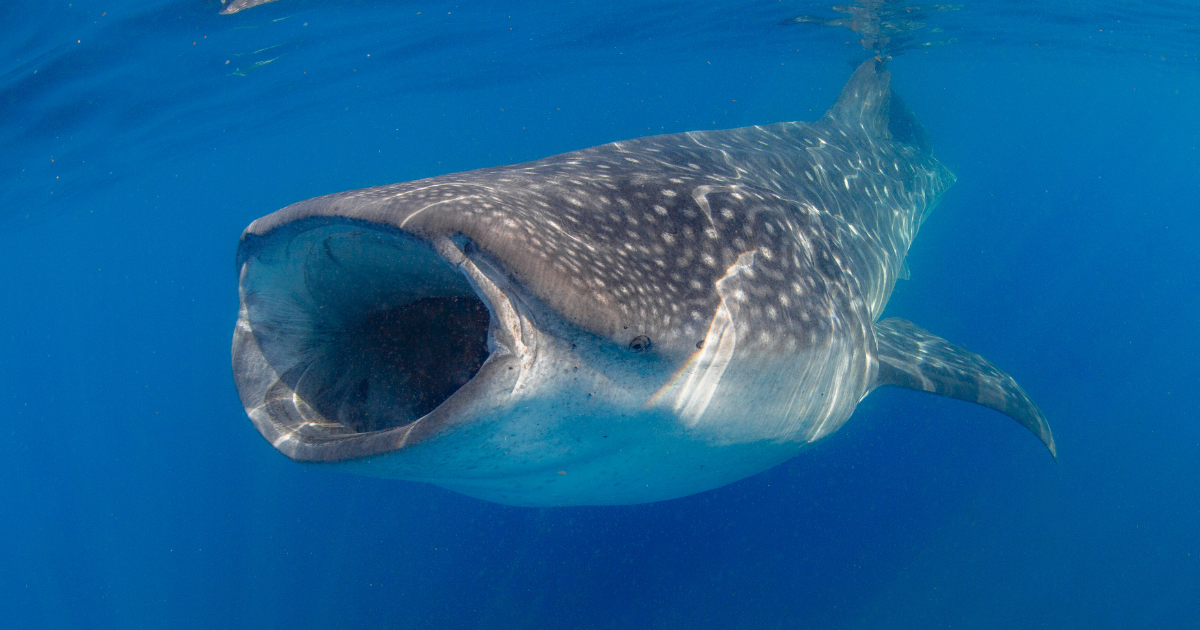Waking up in La Paz is a tranquil yet thrilling experience when you know the day holds an adventure with the ocean’s most gentle giants. The morning sunlight filters through your window, and the promise of the Sea of Cortez beckons. After a light breakfast of fresh fruit and coffee, you make your way to the marina. There, the boat awaits to take you out for a once-in-a-lifetime experience: swimming with whale sharks.
As the boat glides across the turquoise water, your guide shares fascinating insights about these massive but harmless creatures. Whale sharks, the largest fish in the world, come to the warm waters near La Paz to feed on plankton. Seeing their spotted bodies and wide mouths just beneath the surface is awe-inspiring. Equipped with a snorkel, mask, and fins, you slip into the water, and suddenly you’re sharing the sea with these incredible creatures. It’s a humbling and exhilarating moment as you float alongside them, their massive size juxtaposed against their graceful movements.
After returning to shore, the excitement lingers, and it’s time to satisfy your appetite. La Paz offers a plethora of dining options, but a seafood lunch feels almost obligatory after a morning on the water. Head to Bismarkcito, a beloved spot among locals and visitors alike. Their ceviche is tangy and refreshing, the fish tacos perfectly crisp and flavorful. Pair your meal with a cold beer or a refreshing agua fresca, and you’ll feel fully immersed in the flavors of Baja.
The afternoon is yours to relax and explore. Perhaps you stroll along the Malecón, the picturesque seaside promenade that stretches along the waterfront. Public art installations, colorful sculptures, and sweeping views of the bay make it a delightful place to unwind.
As evening approaches, La Paz comes alive with its unique blend of charm and energy. For nightlife, the options are as diverse as the city itself. Start with cocktails at La Miserable, a cozy mezcal bar where you can savor artisanal mezcal and learn about this traditional Mexican spirit. If you’re in the mood for live music, head to La Morante Art Bar. This eclectic venue offers everything from acoustic sets to lively local bands, all in a setting adorned with art and creativity.
For a more laid-back vibe, end your day with a stroll back along the Malecón. Watch the city lights twinkle across the bay and reflect on the incredible day you’ve just had. Whether you’re here for adventure, relaxation, or a bit of both, La Paz has a way of leaving a lasting impression. From the majesty of the whale sharks to the flavors and rhythms of the city, it’s a destination that feels like a gift to the soul. Learn more and plan your trip at ventanatravel.com.




